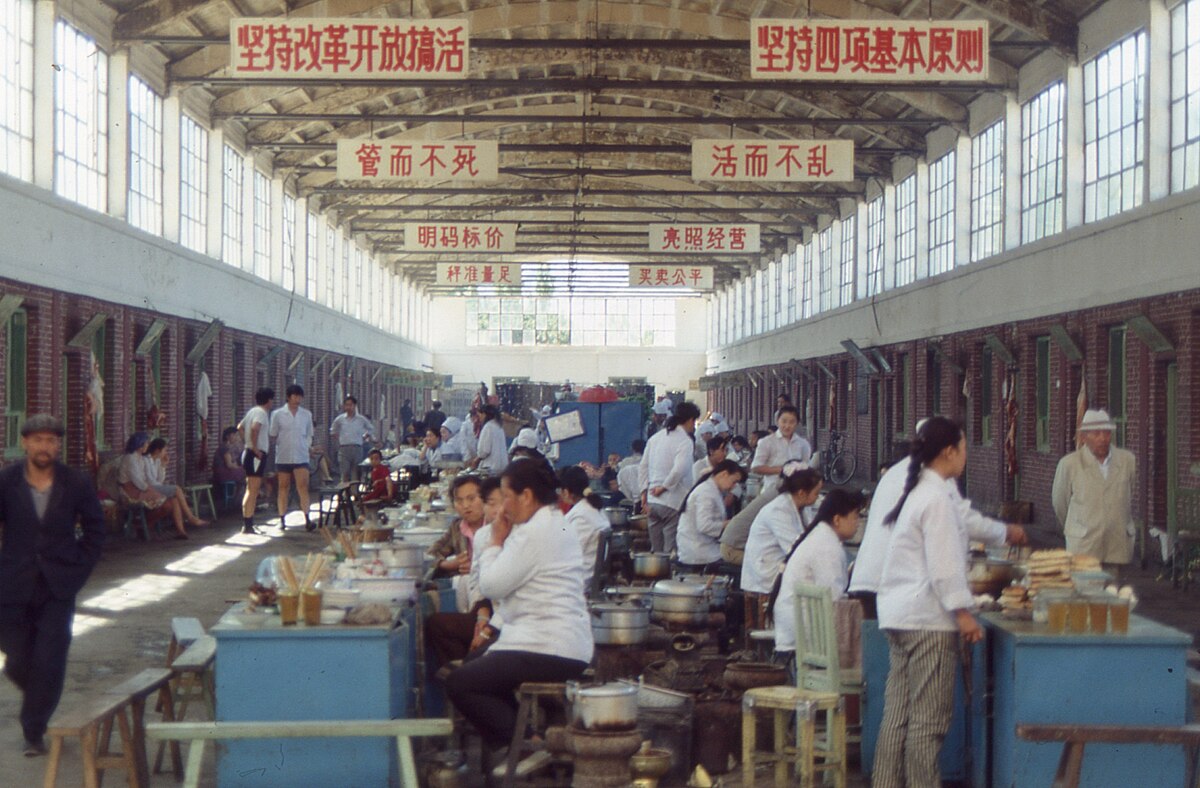
Chinese Economic Reform
ChinaThe Chinese economic reform, also referred to as reform and opening-up, began in the late 20th century and was initiated by reformists within the ruling Communist Party of China (CPC). Guided by Deng Xiaoping, the reforms set out to de-collectivize the agricultural sector and open up the country to foreign investment, while also permitting entrepreneurs to start businesses. By 2001, China had joined the World Trade Organization (WTO), which saw the private sector's growth reach 70 percent of the country's gross domestic product (GDP) by 2005. As a result of the reforms, the Chinese economy grew rapidly, increasing by 9.5% a year from 1978 to 2013. The reform era also resulted in immense changes in Chinese society, including decreased poverty, increased average incomes and income inequality, and China's rise as a great power. However, there remain serious issues such as corruption, pollution and an aging population that the Chinese government has to tackle. The current leadership under Xi Jinping has scaled down the reforms and reasserted state control over different aspects of Chinese society, including the economy.
